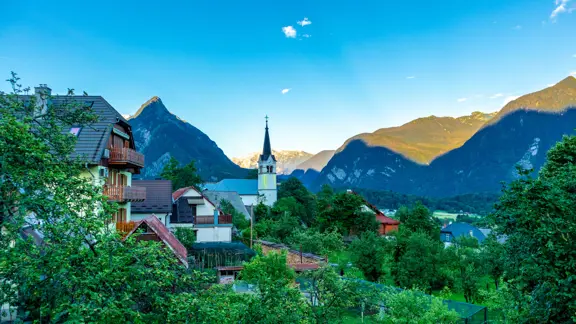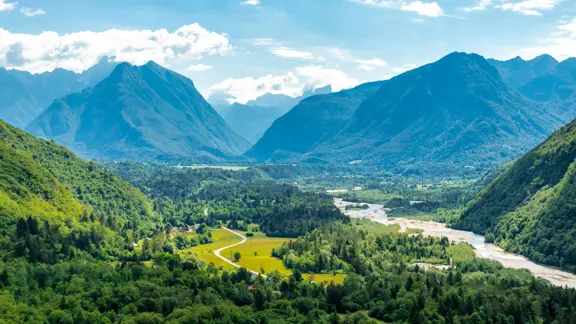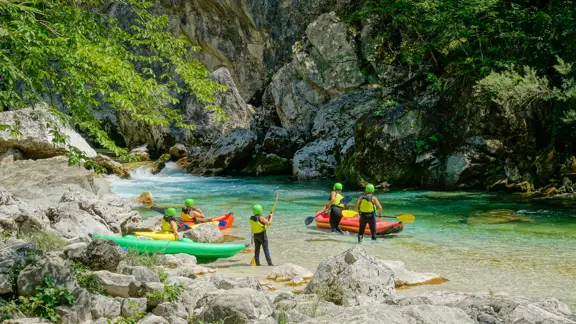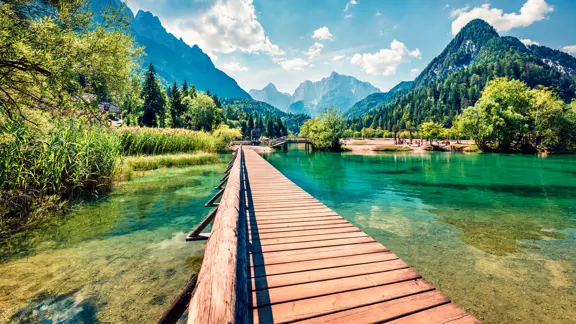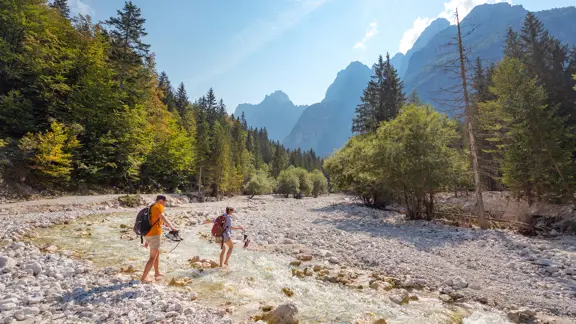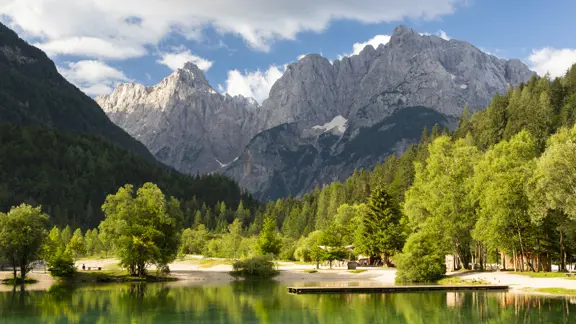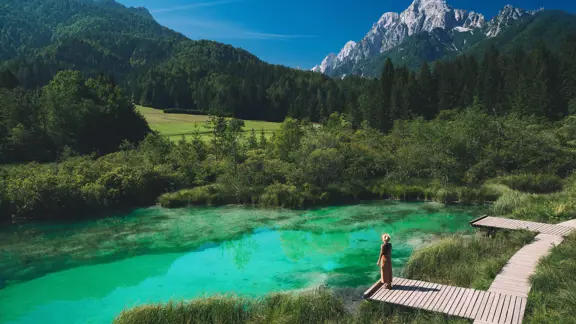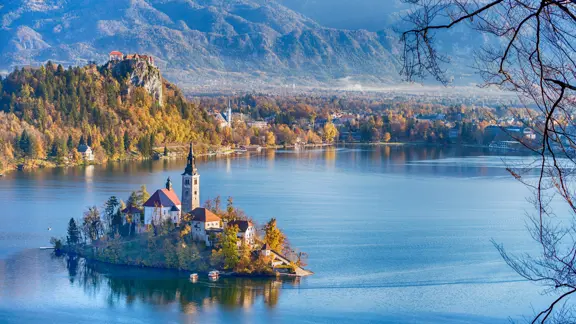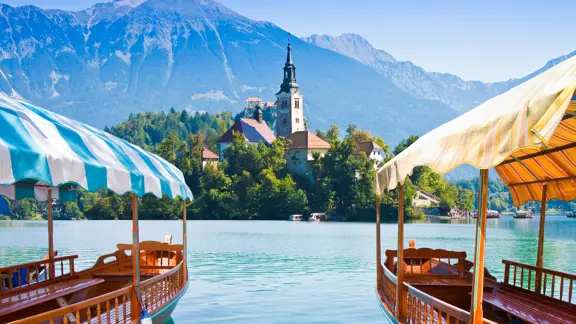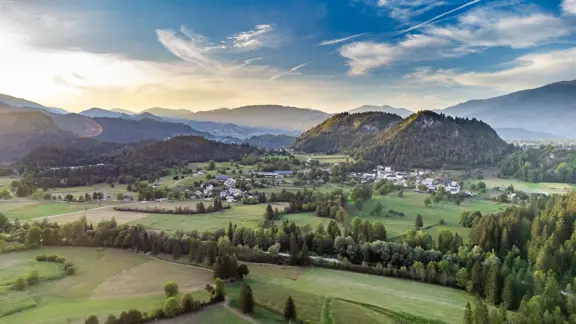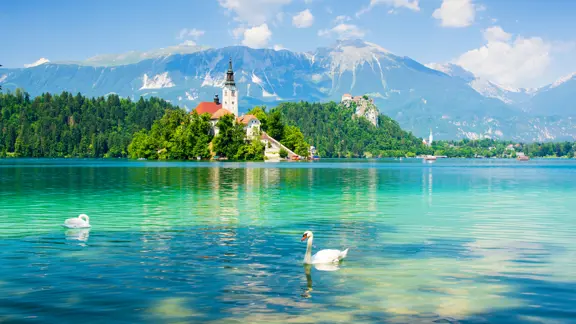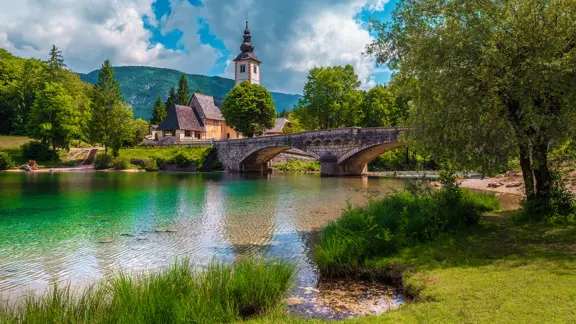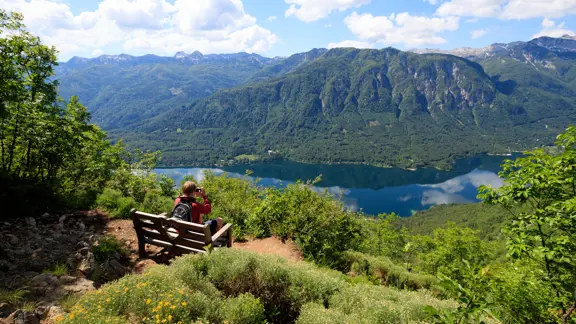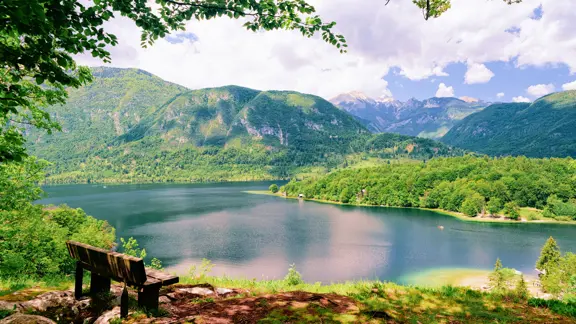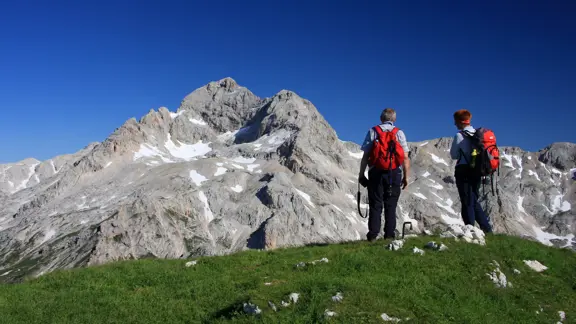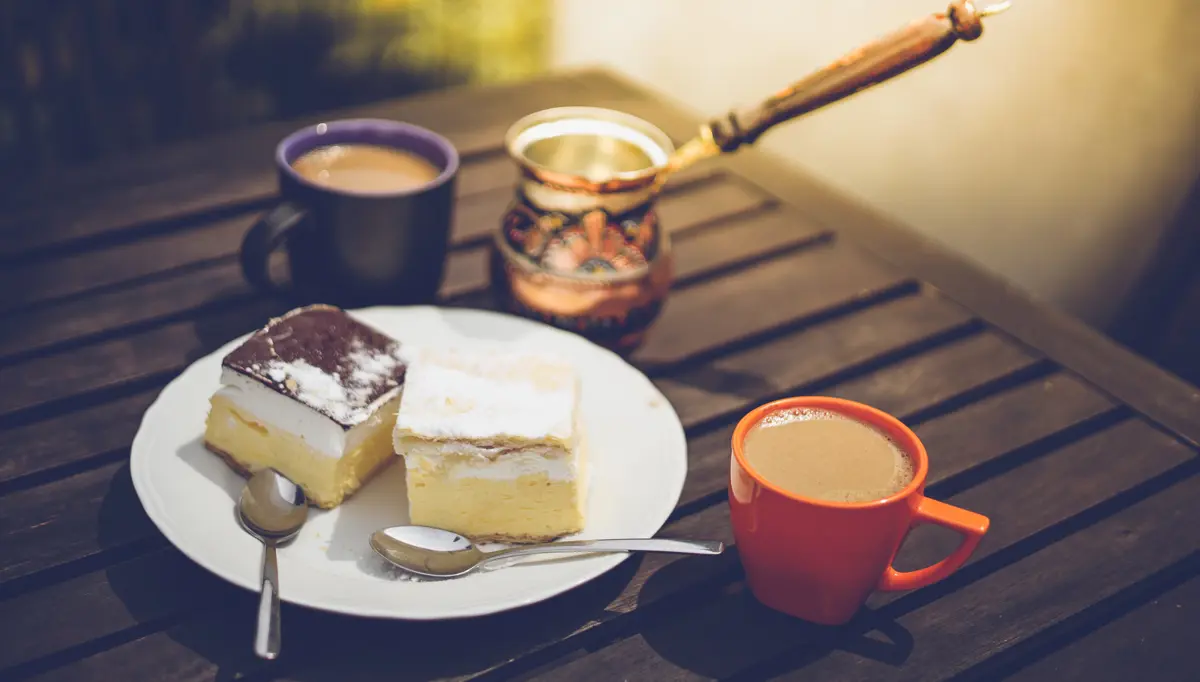
Traditional Slovenian food & drink

Step into Slovenia’s kitchen, where the country’s beautiful landscape serves as the unforgettable seasonings flavouring every dish.
Whether you’re dining lakeside at Lake Bled, indulging in alpine treats in Kranjska Gora, or exploring the street food in Ljubljana, each meal will serve up unforgettable memories that go far beyond the plate.
Plus, you get to sample Slovenia's culinary stars, with the official stamp of approval from the European Union.
We're talking about the famous Kranjska Klobasa sausage, the delightful little Idrijski Žlikrof dumplings, and the magnificent, multi-layered Prekmurska Gibanica cake.
A guide to traditional food in Slovenia
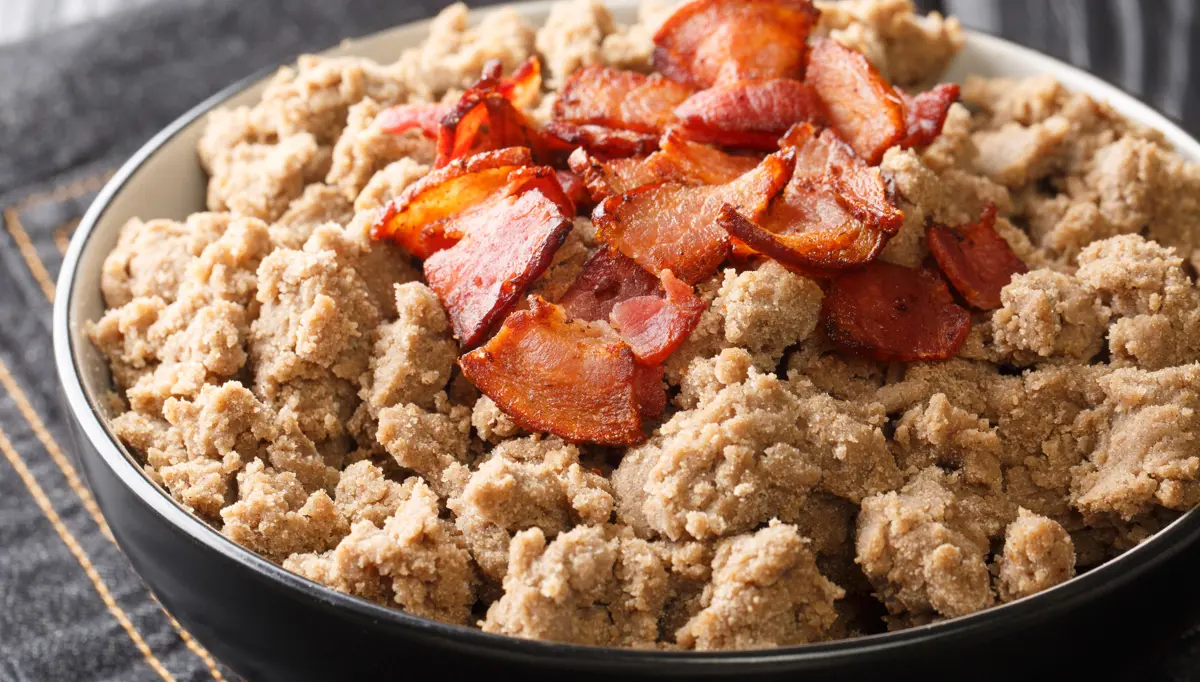
Slovenia food isn’t fussy but it sure satisfies. It's all about the basics: meat, veggies like turnips and cabbage, and grains like buckwheat.
Slovenian cuisine mirrors its history by drawing on its close ties with neighbouring countries. Even today, we can see the lasting impact of these influences in the adoption of traditional dishes.
The golden rule of Slovenian gastronomy: keep it local, keep it fresh, all while giving a respectful nod to tradition. Many chefs take inspiration from their grandmothers' recipes, putting a modern spin on them for a fresh, original taste.
From Hungarian-inspired goulash to winter-ready sour cabbage, it's a feast fit for a king (or a hungry traveller).
As you head south, pasta dishes start to pop up, a nod to the Italian influence. And at coastal resorts you can expect fish with a Mediterranean influence.
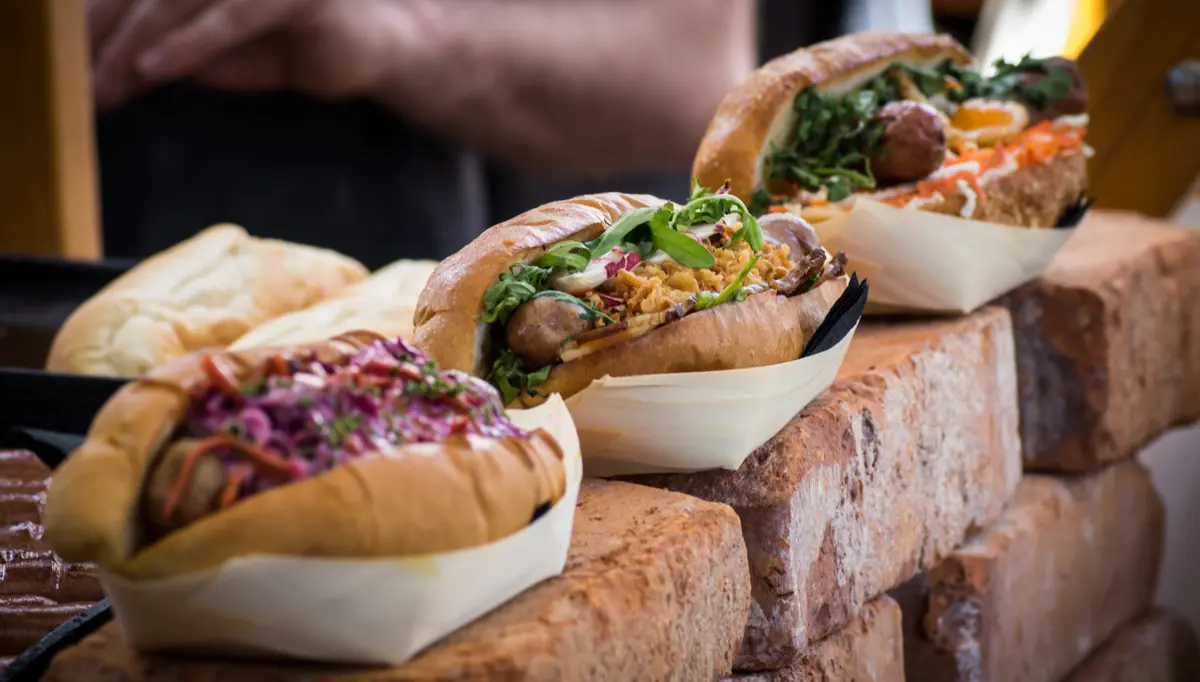
Ljubljana is a food lover's paradise with abundant street food and restaurants. In the Slovenian Alps, dairy reigns supreme, with milk crafting the foundation for an array of cheeses, some even boasting fancy labels.
These creamy delights pair perfectly with hearty dishes like žganci. And in the picturesque meadows and forests, Carniolan grey bees work their magic, producing honey so good that even Winnie The Pooh would be buzzing.
Typical Slovenian meals
A typical Slovenian meal unfolds in three courses. Soups are often simple, like clear broths made with beef or chicken.
Next comes the main course, typically a meat dish like pork cutlets, sausage, or goulash, accompanied by potatoes, vegetables, and sometimes a salad.
Lamb and game are also commonly used meats. Italian influences peek through in the popularity of various pastas and ravioli.
From garden to plate
Sure, Slovenia shares a border with Italy, and a plate of pasta might make an appearance. But when it comes to vegetables, Slovenians look no further than their own gardens.
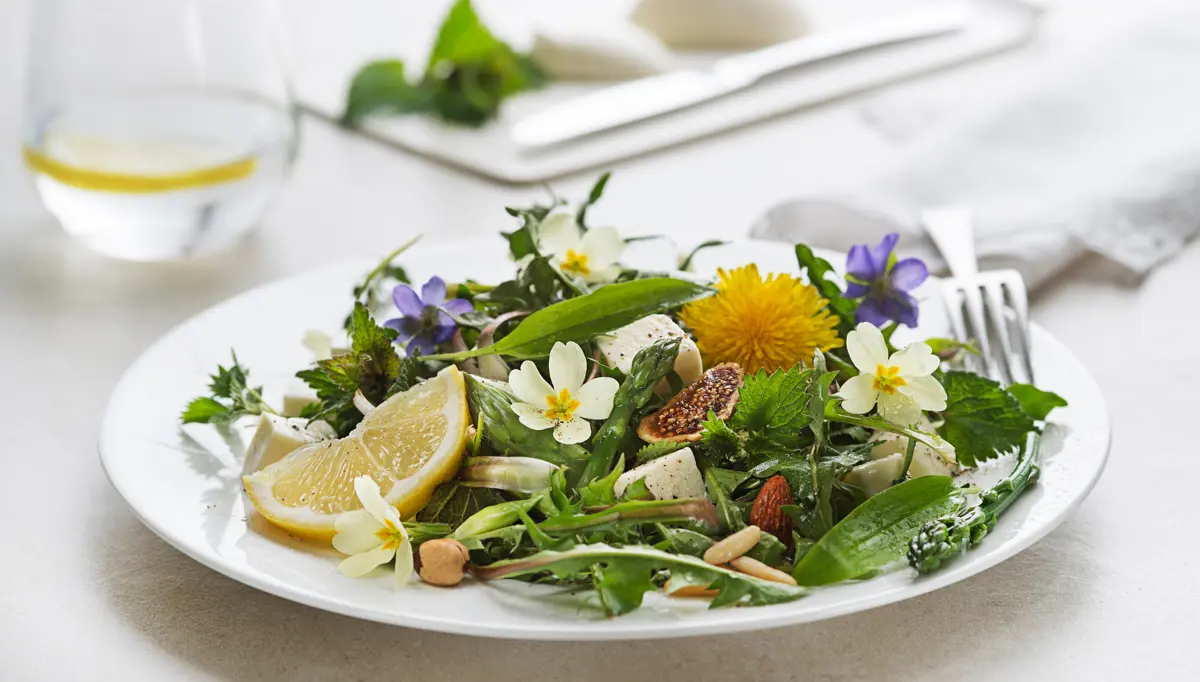
Dandelion salads have been a hit for centuries, harvested from fields when the snow melts, usually around March or April. But once they start flowering, they’re no longer on their plates.
So next time you see a dandelion, don't reach for the weedkiller.
Slovenian national dishes you must try
Idrijski Žlikrofi
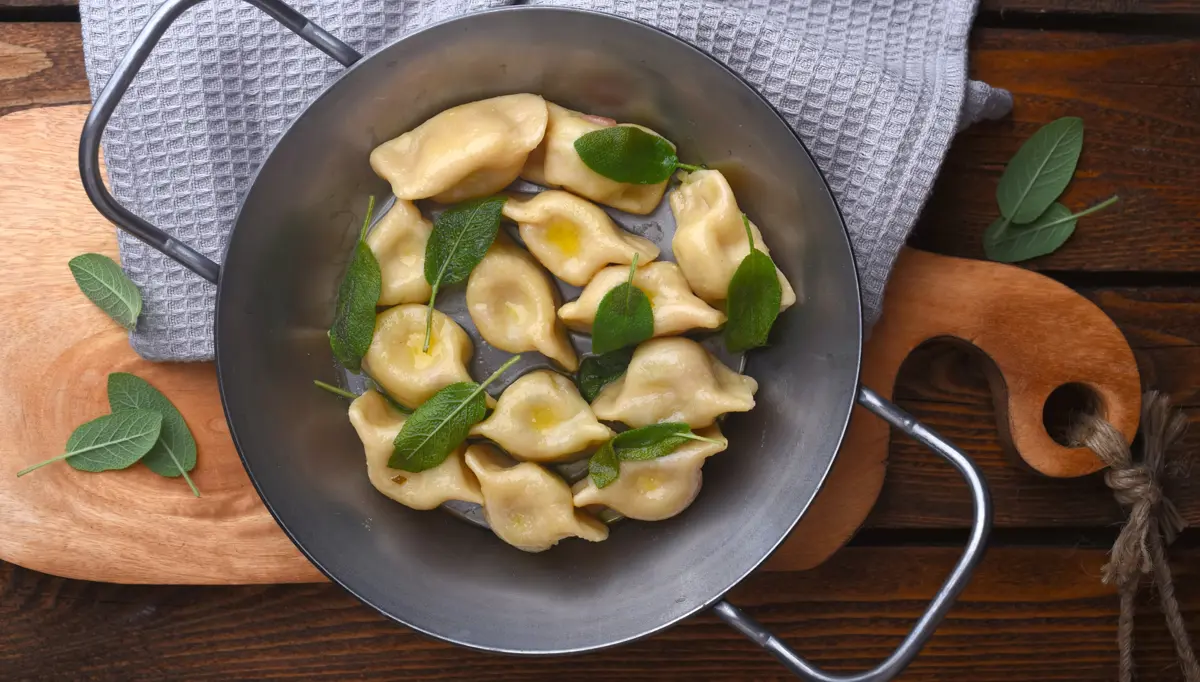
Ever heard of a dumpling so good it needs EU protection? Well, put aside your napkin and meet Idrijski Žlikrof, a much loved pasta from the Slovenian mining town of Idrija.
Žlikrofi consist of pasta dough, flattened and stuffed with a seasoned potato filling combined with sautéed onions.
These dumplings are then shaped into the classic hat form and boiled in hot water.
Whether you enjoy them as a starter, a main course, or, ahem, both, these bite-sized wonders are sure to leave you wanting more.
Ajdovi Žganci

Ajdovi Žganci, or buckwheat spoon bread, holds a special place in Slovenian cuisine as a national favourite.
Alongside buckwheat flour, this dish can also feature potato or wheat flour.
Obara
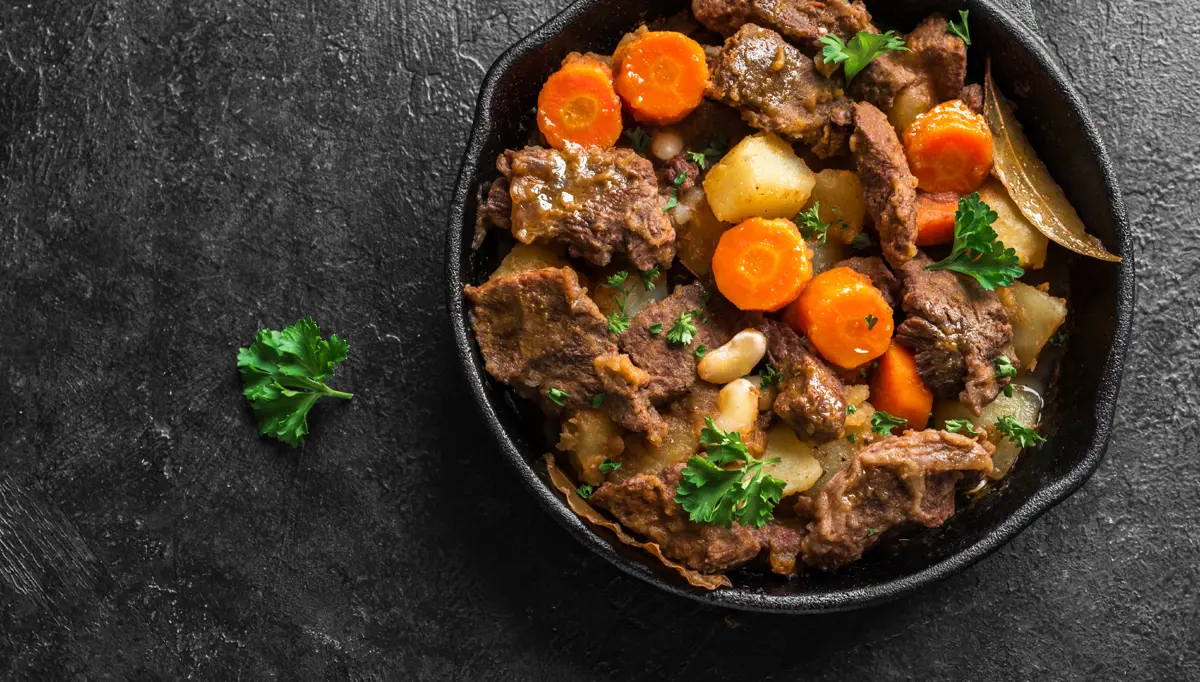
Obara is a hearty meat and vegetable soup from Slovenia's Štajerska region. Unlike other stews, like barley stew or goulash, it's packed with a variety of veggies and meats.
Typically named after the meat used, such as chicken or beef, it's loaded with carrots, turnips, beans, peas, and onions.
Originally a festive treat, it's now a common dish found in Slovenian eateries, often served with buckwheat or potato žganci for extra heartiness.
Golaž
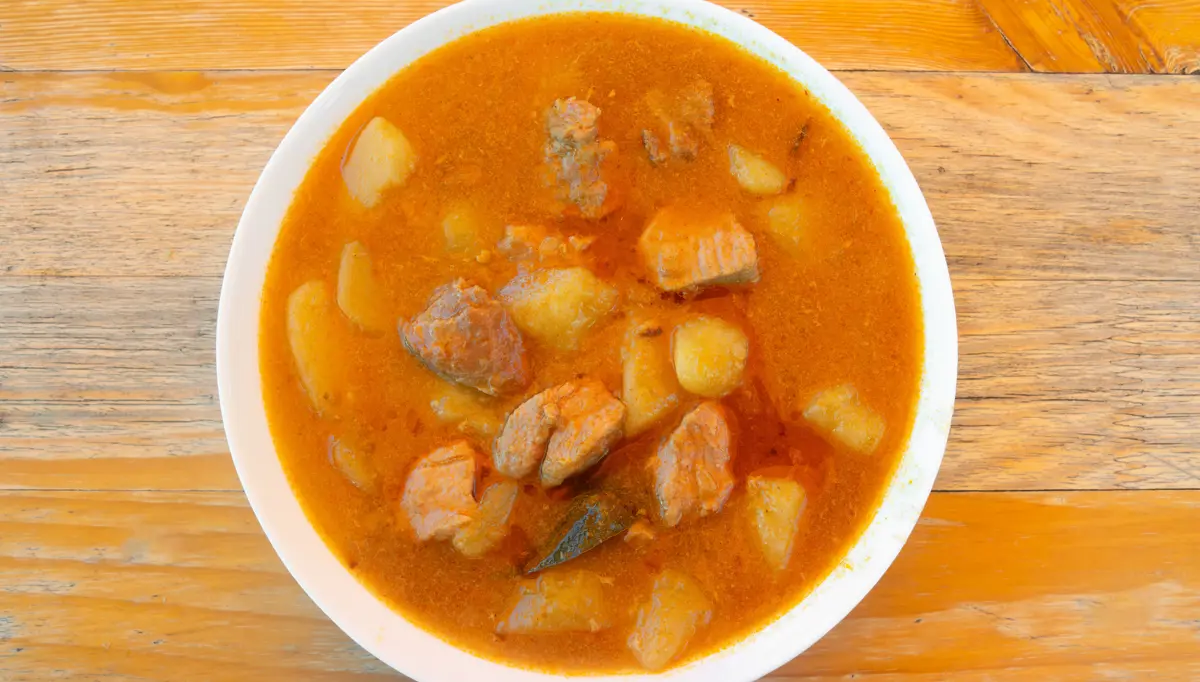
Golaž, or goulash, is a Slovenian meat stew with roots in Hungary and Austria.
It features diced onions and beef flank chunks, with tomato paste and paprika for colour and flavour.
The onions are sautéed until soft before adding the goulash spices like marjoram, caraway seed, paprika, and bay leaves, which are essential for that authentic taste.
After frying the spices, beef chunks are added and braised in tomato sauce and red wine. The longer it simmers, the richer and thicker it gets—some say it's even better the next day.
Kranjska Klobasa (Carniolan sausage)
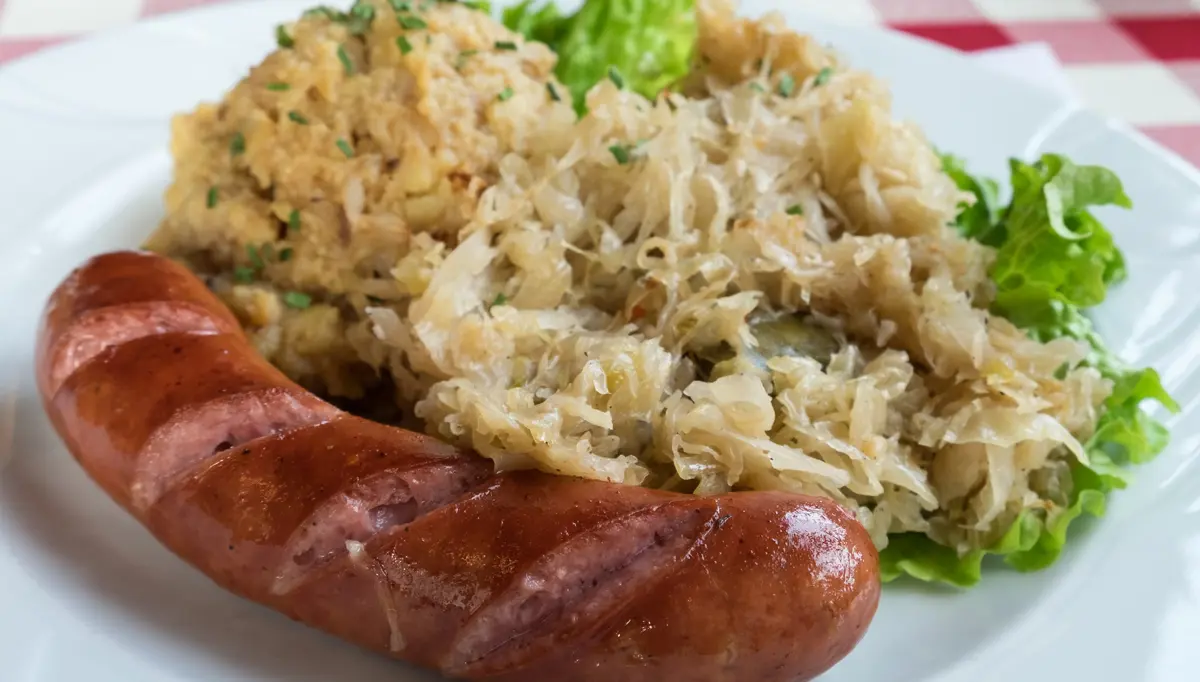
Kranjska Klobasa is a cherished Slovenian sausage with EU protection, named after the historic region of Kranjska or Carniola.
This sausage, perhaps Slovenia's most renowned culinary treasure, earned its name "kranjska" in 1896 and achieved protected status in 2015.
Originally hailing from the Gorenjska region, it has since spread throughout Slovenia.
With its distinct smoky flavor, this cherished Slovenian delicacy must consist of at least 68% pork, 12% beef, and no more than 20% bacon.
Gobova Juha
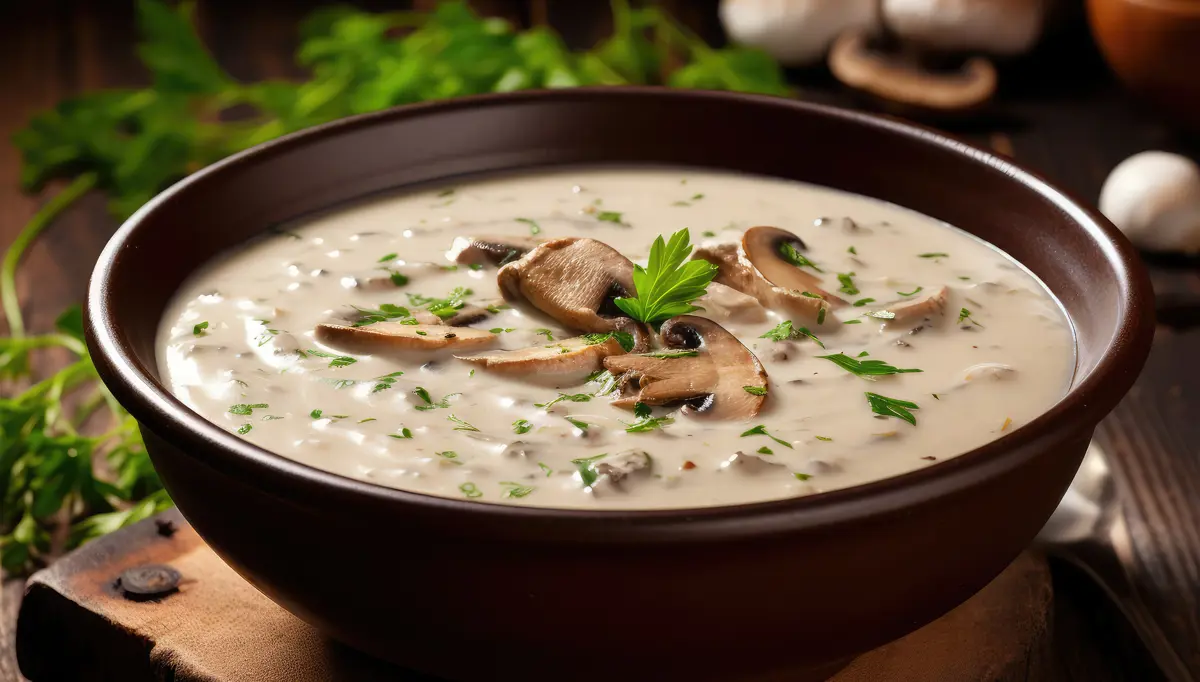
Gobova juha, a classic Slovenian mushroom soup, comes in various renditions. Typically, it features a medley of wild mushrooms, onions, garlic, butter, flour, potatoes, white wine or wine vinegar, bay leaves, marjoram, salt, and pepper.
To prepare, onions are gently sautéed in butter before being combined with flour and garlic. Chunks of mushrooms are then added to the pot along with water, marjoram, bay leaves, potatoes, salt, and black pepper.
The soup simmers over low heat until the potatoes reach a tender consistency.
Krašk Pršut
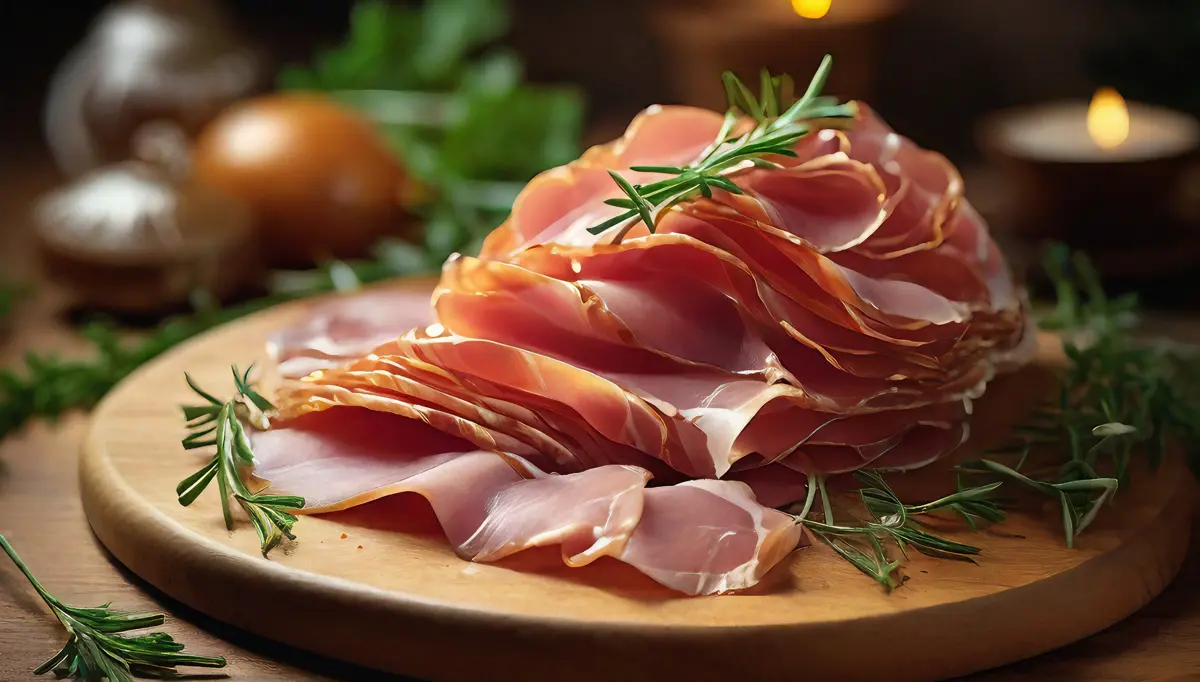
The Slovenian Kraški pršut, also called Karst prosciutto or Karst ham, is the top choice for Slovenian cured meats.
It's a dry-cured ham, not smoked, with a tradition over a hundred years old.
Its unique taste comes from the ideal climate in the Karst region, which affects how it dries and ages.
Jota
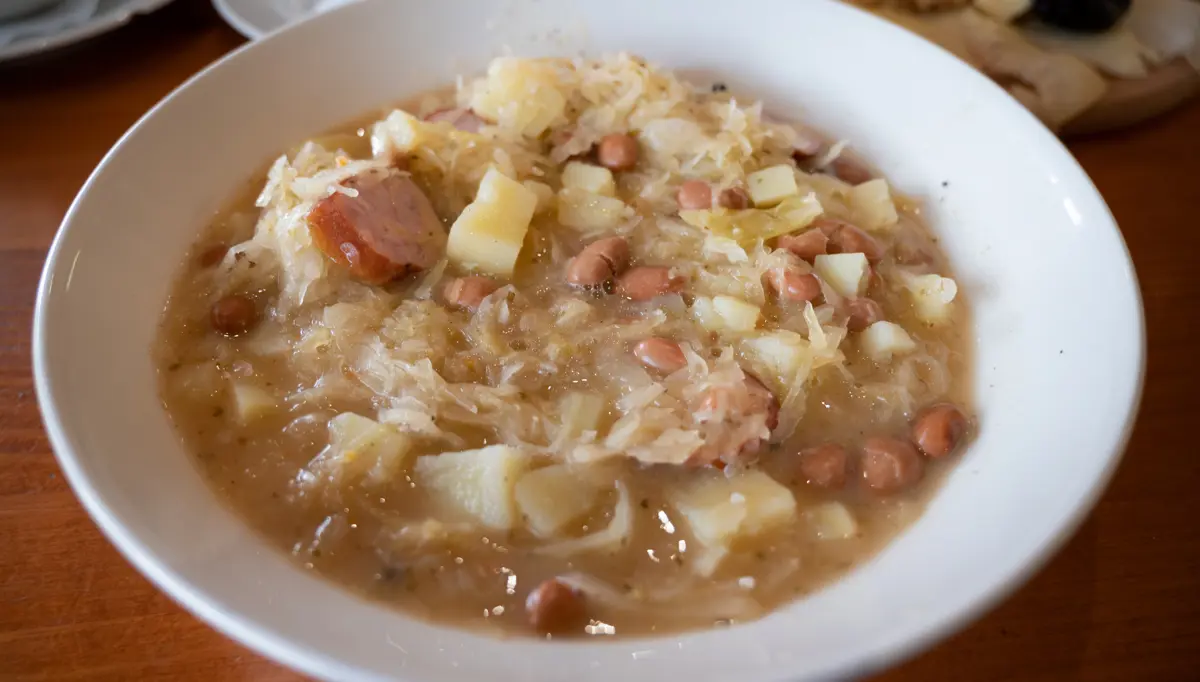
Jota, or Istrian stew, is a hearty soup from the Primorska region near the Adriatic Sea, popular in the northern Adriatic areas.
It's made with beans, sauerkraut or sour turnip (kisla ripa), potatoes, bacon, and spare ribs.
Bread and potatoes are staple foods in Slovenia and are key ingredients in this comforting dish.
Jota has a unique sweet-sour flavor, common in Eastern European cuisine. Serving it with crusty bread makes a perfect meal to warm up and lift spirits.
Prežganka
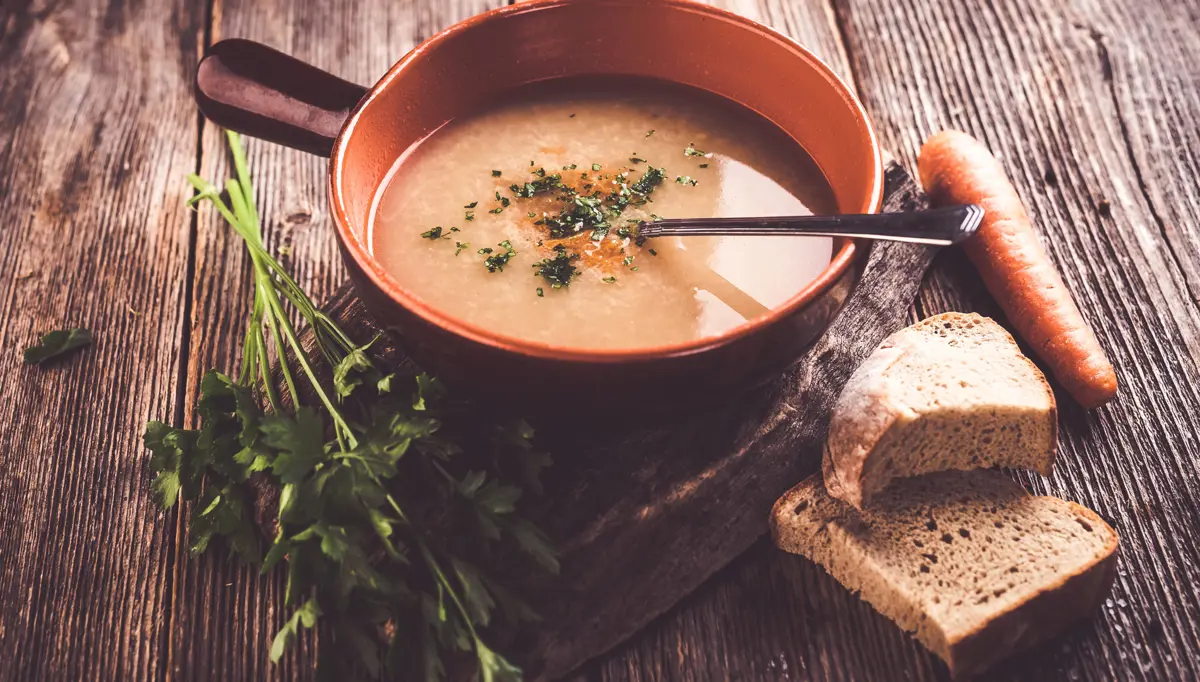
Prežganka, also known as "Prežgana župa," is a cherished Slovenian soup celebrated for its distinct and comforting flavour.
This humble yet culturally significant dish is made by roasting or browning flour, imparting a delightful nuttiness to the soup.
Traditionally crafted with simple ingredients like wheat, water, and salt, Prežganka earns its popularity for its soothing properties.
Some recipes also include a boiled egg, broken to resemble a poached egg, and cumin seeds, making it an excellent choice for calming an upset stomach.
Štefani Pečenka
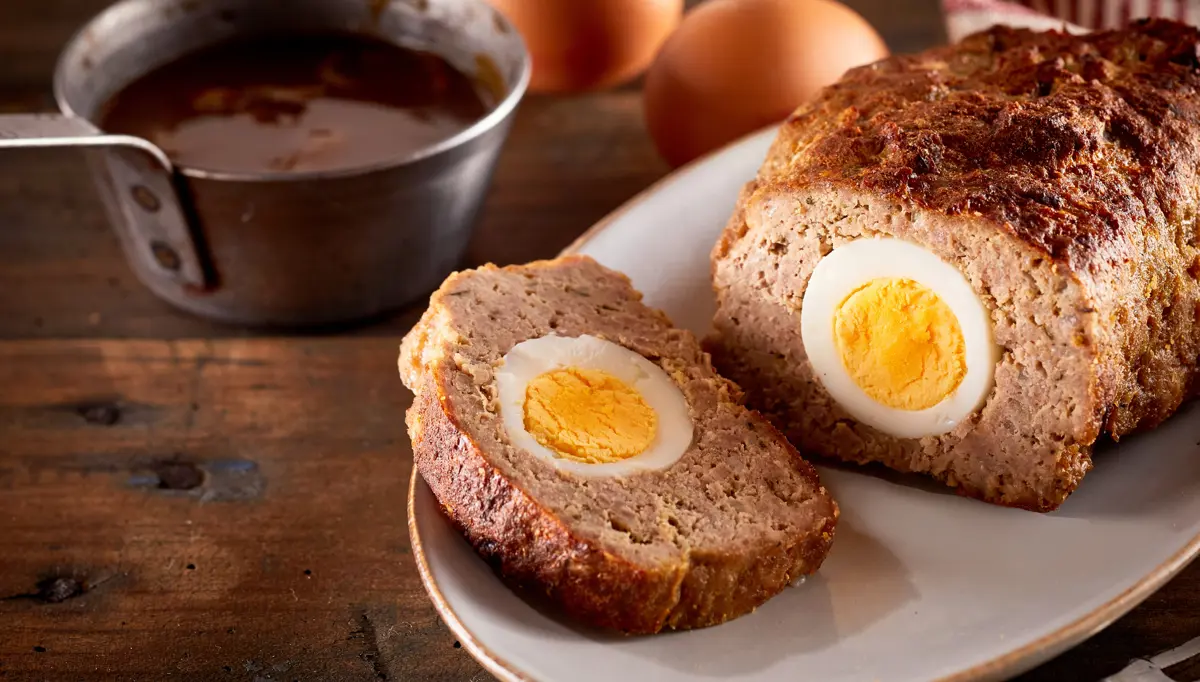
Štefani Pečenka is a traditional Slovenian meatloaf known for its savoury taste and eye-catching appearance, featuring hard-boiled eggs at its centre.
This dish is famous for its delicious flavor and is particularly popular during holiday celebrations like Easter, often gracing Slovenian family tables.
Kremna Rezina
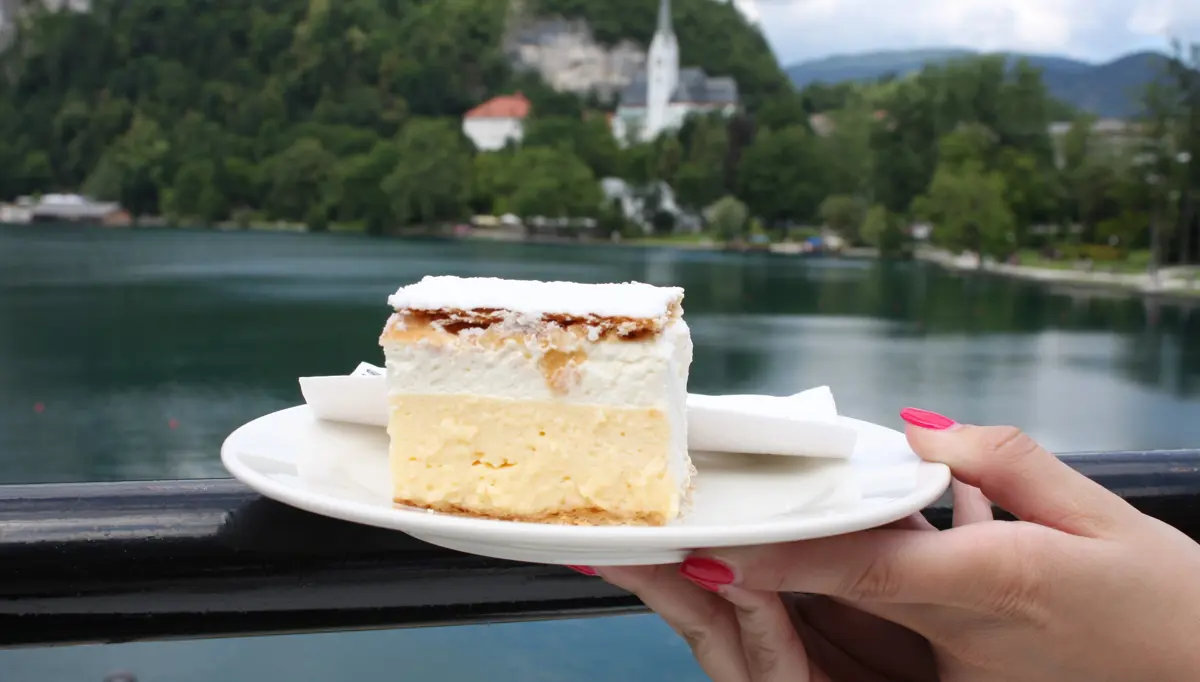
Kremna rezina, also known as Bled cream cake, is a famous dessert from the Lake Bled area in Slovenia.
It features a crispy, buttery pastry base topped with vanilla custard and whipped cream, finished with a thin layer of dough.
The cake is usually dusted with icing sugar and served in cube slices.
This delightful cake was introduced in 1953 by chef Ištvan Lukačević at Bled's Park Hotel, who improved a Hungarian cream cake recipe by adding whipped cream in perfect proportions, making it a beloved treat.
Blejska Grmada
Blejska grmada is another traditional Slovenian dessert from the Bled region. It features a base made from eggs, sugar, flour, baking powder, and cocoa.
The dessert is topped with a sweet mixture of milk, eggs, sugar, flour, vanilla sugar, heavy cream, walnuts, chocolate, and fruit like berries.
Štruklji
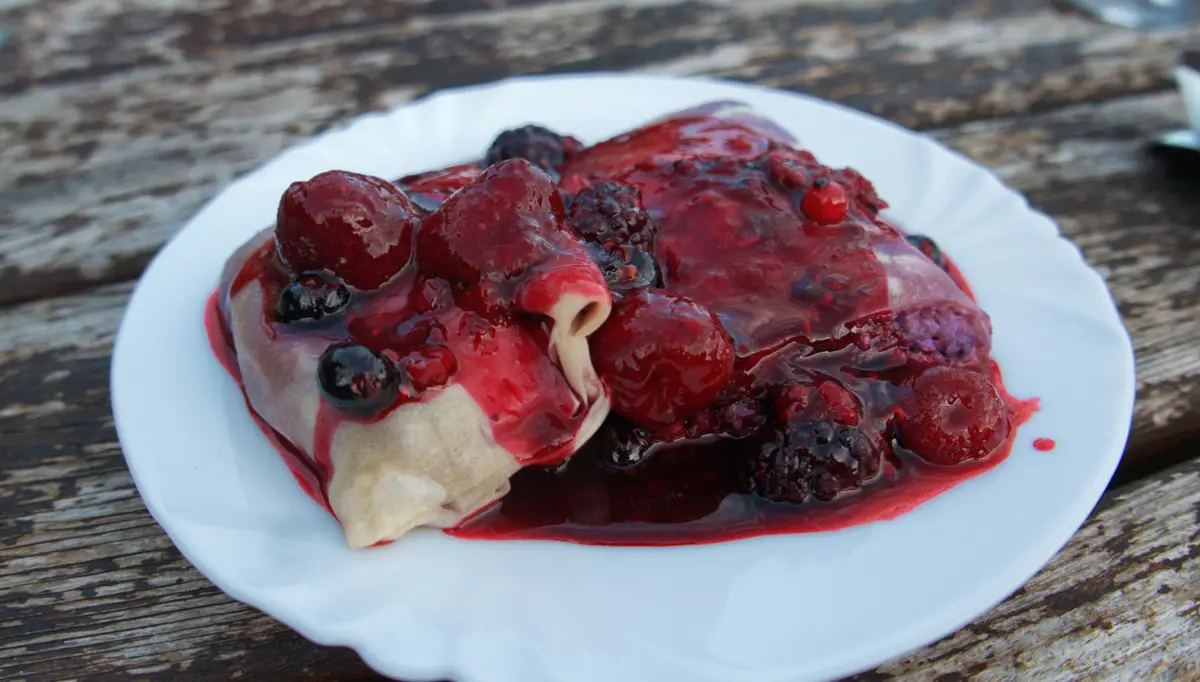
Štruklji is a standout dish in Slovenia, known for its versatility and presence across all Slovenian regions.
Traditionally a celebratory food, it's served during holidays and significant events, showcasing its importance in Slovenian culture.
The dish is hard to define as it adopts various forms throughout the country. Made with a special kind of bread dough that's thicker than what's used in baklava, or sometimes leavened or pasta dough, štruklji can be filled with either sweet or savoury ingredients.
This makes it adaptable for any meal - be it a main dish, a side, or a dessert. Common fillings include beloved Slovenian flavours like apples, cottage cheese, walnuts, and tarragon, offering a taste of Slovenia with every bite.
These treats are distinct from baklava as the pastry is cooked in boiling water instead of being baked.
Potica
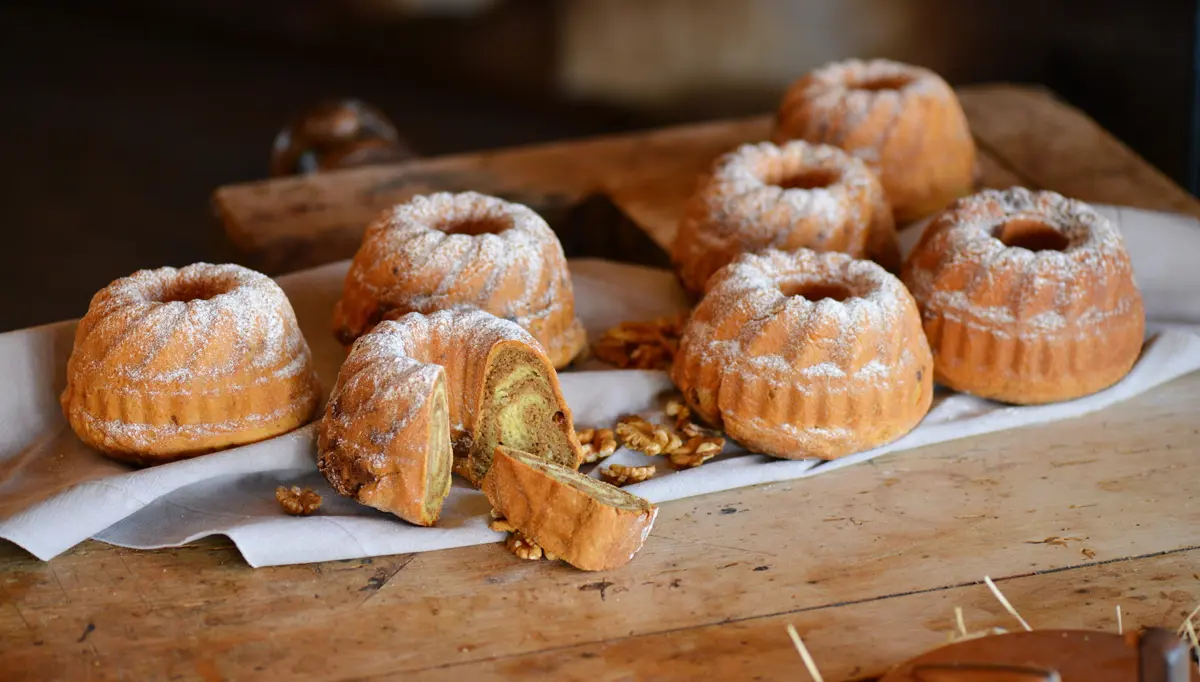
Potica is the crown jewel of Slovenian baking, proudly made in nearly every Slovenian kitchen for big celebrations like Christmas and Easter.
Tracing back to 1575, this roll-up cake moved from the fancy tables of the elite to become a nationwide treasure.
Potica offers a flavour for everyone with its 60 different varieties, featuring fillings from walnuts to honey, poppy seeds, and even tarragon.
Tarragon Potica is known for its herbal taste, while Walnut Potica is loved for its sweet nuttiness, often with a hint of cinnamon.
Cracknels Potica offers something different with its savoury pork fat filling, contrasting the sweetness of the dough.
Poppy Seed Potica is sweet and nutty, with the crunch of poppy seeds mixed with sugar, and sometimes honey.
Prekmurska Gibanica
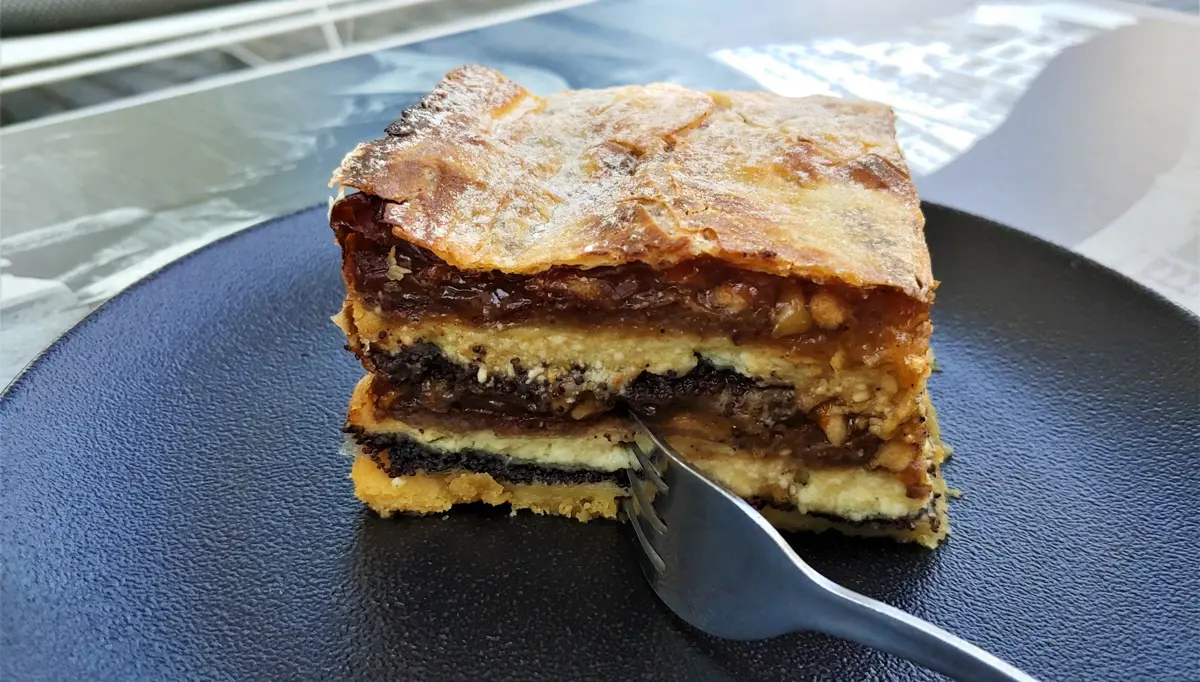
This special Slovenian layer cake has a protected status in the EU, meaning it must follow strict guidelines for its ingredients and structure, even specifying the cake's height.
It starts with a base of shortcrust dough topped by filo pastry. The fillings are precisely layered in order: poppy seeds, cottage cheese, walnuts, and apples.
To be considered authentic Prekmurska Gibanica, the cake must have eight filling layers, featuring two layers of each filling.
Krofi
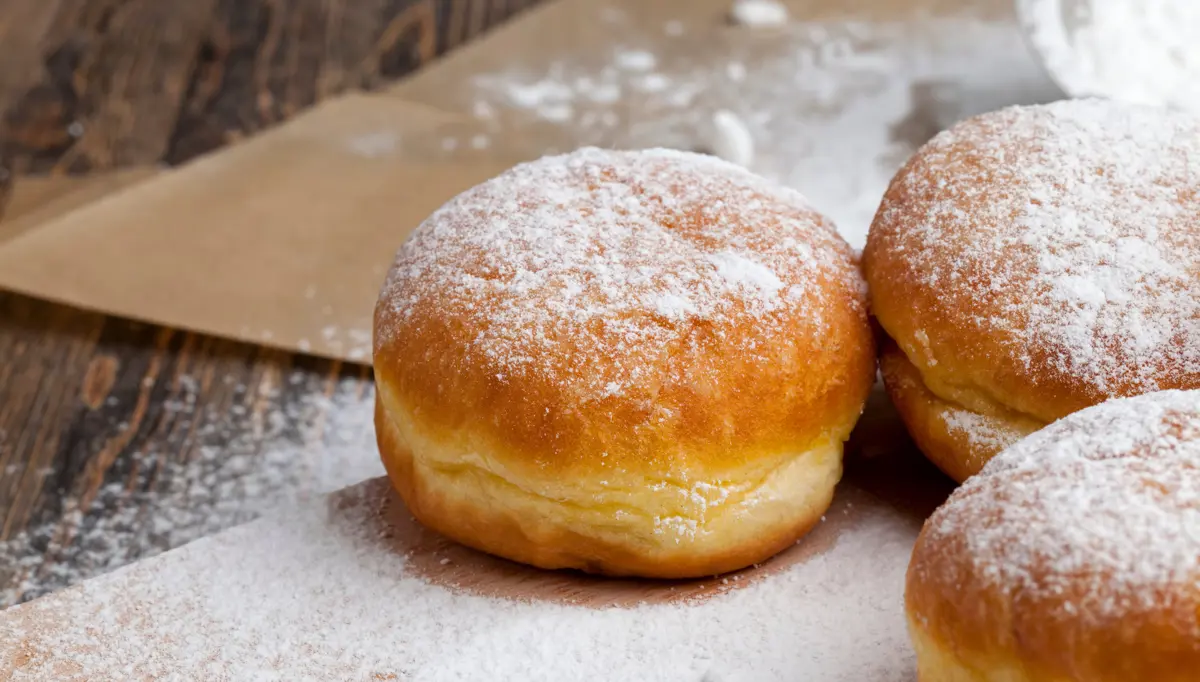
Krofi are Slovenia's delicious contribution to the world of sweet fried dough, akin to the filled doughnuts found in Austrian, German, Portuguese, and Bosnian cuisines.
Made from a rich, leavened dough that's rolled out, cut into rounds, fried, and then filled, these treats offer a taste of Slovenia's take on a beloved classic.
Drink like a Slovenian
Slovenian Wine
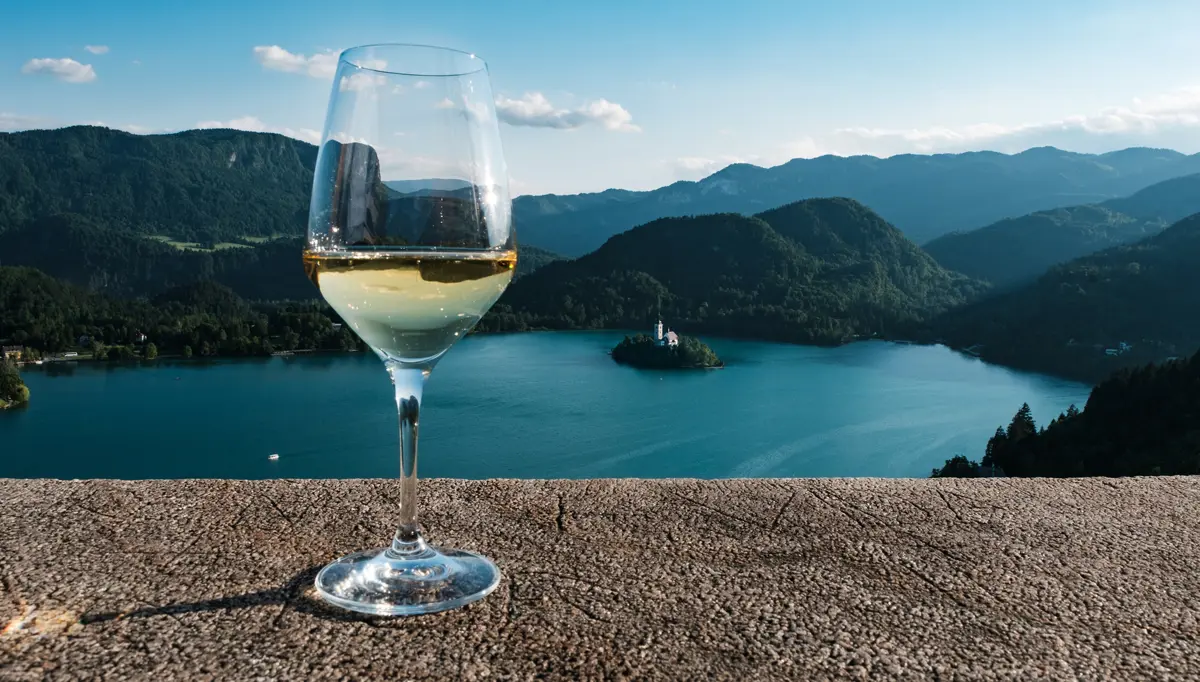
Slovenia's wine scene is a hidden gem, boasting selections from three wine-growing regions and nine districts that stand shoulder to shoulder with the world's finest. Most of its exceptional wines are not widely exported, which makes tasting them here a truly special experience.
The country is home to three main wine regions, each offering its own character and charm:
Podravje is the largest region, located in the northeast. It is known for elegant white wines, sparkling varieties, and outstanding dessert wines. With a winemaking history dating back to prehistoric times, this region produces some of Slovenia’s most prestigious labels.
Posavje, in the southeast, is the smallest wine region but full of tradition. It is best known for Cviček, a unique, light red wine with a slightly sour taste and low alcohol content. Cviček has been a local favourite for over 200 years, especially in the Dolenjska area.
Primorska, near the Italian border, is the most developed of the three. It produces bold reds, complex whites, and is a leader in Slovenia’s natural and orange wine movement. The region is heavily influenced by Italian culture, which is reflected in its food, language, and wine styles.
Within Primorska, the Vipava Valley is gaining attention for its fresh and vibrant wines, while the Karst region is famous for Teran, a deep red wine known for its earthy character and lively acidity.
With over 50 vine varieties growing across nine diverse districts, Slovenia offers wine lovers a rich and rewarding tasting experience that’s best enjoyed right where it’s made.
Raise a glass to Slovenia’s beer
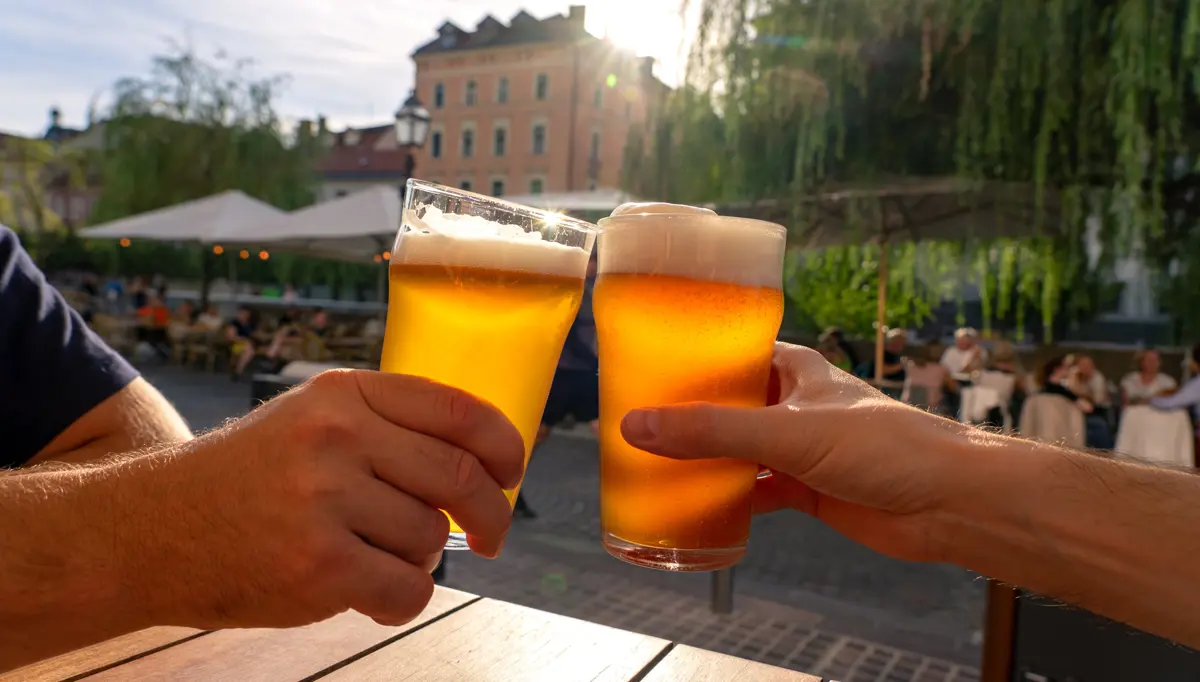
Slovenia’s beer culture is as refreshing as its mountain air, and this year, there’s even more reason to toast - Laško is celebrating its 200th anniversary. Founded in 1825, Laško is one of the country’s two beer giants, alongside Union.
Now both part of the Heineken family, these breweries dominate the local scene with easy-drinking lagers like Zlatorog and Union Original, staples in bars and restaurants across the country.
But Slovenia's beer story doesn’t stop with the big names. The country has seen a craft beer boom in recent years, thanks to rich hop-growing traditions in the east and crystal-clear freshwater sources. Independent breweries are flourishing, offering everything from IPAs to stouts and wild ales.
One local gem is Lintvern Brewery in Bohinj. Known for its small-batch, unfiltered beers, it’s a favourite among visitors to the region. You can find it on tap near Lake Bohinj and in bottles at select restaurants in Bled - a perfect pairing after a hike or lakeside stroll.
Whether you're sipping a classic Laško or discovering a local craft creation, Slovenia offers plenty for beer lovers to explore.
Schnapps
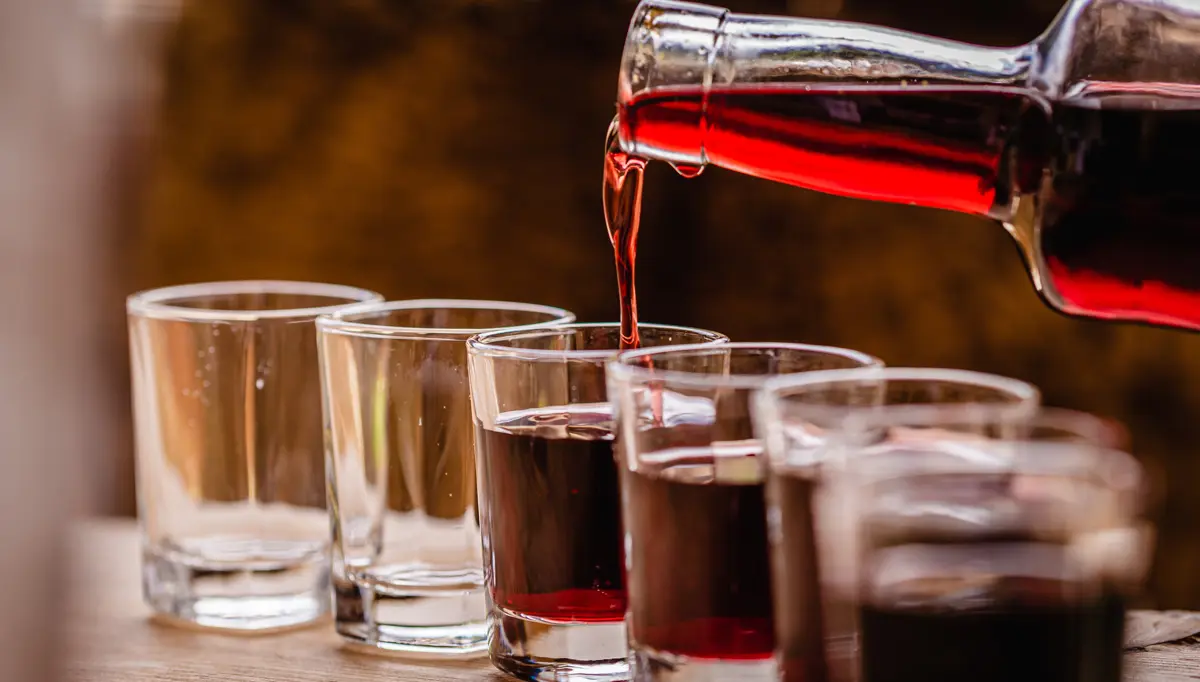
In Slovenia, beer and wine may be popular, but schnapps, or žganje, is considered the true national drink. It is served almost everywhere, from cozy mountain huts to city bars, often as a welcome drink or to celebrate special occasions.
Traditionally homemade, the best schnapps comes from family recipes passed down through generations. Each one has its own character, often made with ingredients from the local area.
Slovenian schnapps generally falls into two styles:
-
Stronger varieties are usually made from stone fruits such as pear, plum, and peach. These are more intense and typically enjoyed neat.
-
Sweeter varieties include blueberry, fig, and increasingly popular honey schnapps, which has become one of the most widely sold types in Slovenia. These are smoother and more approachable, especially for first-time tasters.
Whether you prefer something bold or sweet, sampling local schnapps is a must when visiting Slovenia.
Slovenia Resorts With Guided Walks
These resorts offer up to two guided day walks each week, led by an experienced local guide, all included as part of your holiday.
-
Offers available
Bovec
Slovenia
Views over the Julian Alps Pristine turquoise waters Virje waterfall & alpine greeneryActivities Walks for All Abilities -
Offers available
Kranjska Gora
Slovenia
Explore the views of Zelenci nature reserve Stroll along the river edge of Lake Jasna Visit the Martuljek WaterfallsActivities Walks for All Abilities -
Offers available
Lake Bled
Slovenia
Enjoy Bled castle views Natural wonders like the Vintgar Gorge Explore the Church of the AssumptionActivities Easy Walks -
Offers available
Lake Bohinj
Slovenia
Explore Savica waterfall trail Head up the Vogel cable car Trek the Mostnica gorge and walkwayWalks for All Abilities National Parks
